Best Japanese Art Museums

The intricacy of Japanese history has inspired many works of art. From paintings to sculptures and even architecture to landscaping, the culture of Japan is undeniably rich. If you’re looking for an immersive experience to get your fix of creativity while you’re in Japan, spend a day in a Japanese art museum!
With establishments that offer permanent and seasonal exhibitions, you have the chance to indulge in the country’s brilliant art. Turn your trip to Japan into an artistic adventure and visit a museum near you!
Table of contents
Travel in Japan: Best Japanese Art Museums

Photo by Koji Oikawa on Flickr
A visit to any art museum in Japan would bring substantial insight into the country. After all, artworks are creative reflections of culture and values. There are at least a dozen art museums in the country that feature essential local and foreign masterpieces for you to indulge in the Japanese art scene. You wouldn’t want to miss out on an enriching experience full of culture and art. Here, we will present some of the best Japanese museums that feature traditional and contemporary art.
Otsuka Museum of Art

Photo by Koji Oikawa on Flickr
The largest Japanese museum is found at Naruto Park in Tokushima Prefecture. With an exhibition space spreading over 29,000 square meters, the Otsuka Museum of Art (OMA) displays over a thousand paintings around 3 floors underground and 2 floors above ground. Climb your way from the museum’s basement to higher levels and as you progress, witness accurate, full-size replicas of standard western art masterpieces from ancient times to the 20th century.
The OMA opened in 1998 to commemorate the 75th anniversary of its founders, Otsuka Pharmaceutical Group. More than 1,000 western paintings from around 200 museums across 25 countries were selected for reproduction. Since these are copies of actual pieces, some art elitists wonder why the largest museum in Japan exhibits fake art. Be that as it may, OMA operates under the primary goal of preserving world art and history.
The cultural integrity of the original works may cause some concern to some, but you may rest assured that the process of ceramic reproduction guarantees the retention of the color and shape of the actual masterpieces. Additionally, it is the first museum to feature ceramic board reproductions of essential artworks of the world. While the original artworks have to face the test of time and could be lost to the elements, the ceramic reproductions allow these priceless works to remain intact for at least 2,000 years!
When you’re in Japan, a trip to the Otsuka Museum in Naruto would be just like traveling around the world. OMA gathers so much art of the world in one place, it definitely saves you time from visiting 200 different museums. With all this effort and dedication to allow more people to experience art firsthand, Japan truly holds the conservation of the world’s artistic identity to a high standard.
National Art Center, Tokyo
If you want a break from the busy and rapid pace of the metropolis, you could take some time from your trip to Tokyo and visit the National Art Center. The National Art Center, Tokyo (NACT) is one of the most fundamental art spaces in Japan ever since its establishment in 2007. This museum is 1 of 5 art institutions that the Japanese government organized as part of their initiatives to boost outreach, research, and conservation of art in their country.
The entire building is a masterpiece in itself. Kisho Kurokawa, an esteemed architect, designed the innovative building with a 21-meter high ceiling with wavelike curtain wall windows. The vast space creates a soothing atmosphere, and visitors can marvel over the casted shadows that curve inside the museum. Spreading around 14,000 square meters on 3 floors, NACT has one of the largest exhibition spaces in Japan. It allows 1,000 square meters for 10 gallery showrooms while 2 more massive galleries are held in reserve for special exhibitions.
Unlike what you would expect from a regular museum, NACT operates under an “empty gallery” concept. Instead of featuring permanent collections and curators, this museum is more of a grand exhibition space that rotates several art shows in a year, including art education programs and workshops. For over a decade, the galleries in constant change have regularly hosted various exhibitions from European surrealist art to traditional Japanese calligraphy.
Every person’s experience in Japan is unique. This individuality is only heightened with the ever-changing exhibits of NACT. This museum features a variety of arts and there will surely be an exhibition that catches your eye! Just be sure to check the schedule of exhibits in advance if you want to save from spending on each show.
Adachi Museum of Art
If you find ever-changing art exhibitions appealing, you might enjoy the Adachi Museum of Art. This museum is located in Yasugi, Shimane Prefecture. It seasonally rotates a collection of almost 1,300 paintings and artworks from the 20th century. This museum is also known for its spectacular, well-maintained gardens, which naturally change with the seasons.
The museum’s founder, Adachi Zenko, was a local businessman with a penchant for garden landscaping. He was also known to collect Japanese paintings, particularly those by Yokoyama Taikan (which accounts for the museum’s permanent exhibit of his works). Combining these two passions, he established the Adachi Museum of Art. He opened it to the public in 1970, with hopes to broaden people’s interest in Japanese art.
Many publications have named the Adachi Museum’s gardens as the best Japanese garden. Most notably, the American special-interest magazine known as The Journal of Japanese Gardening has consecutively ranked its gardens as number 1 under the “Shiosai Project: Garden Rankings of Japan” since 2003.
It is said that around 30 staff members, including groundskeepers and gardeners, tend to the museum’s 6 gardens every morning, every day of the year. There are about 165,000 square meters of greenery that you can view while inside the museum building. The museum also exhibits classic Japanese paintings and ceramic artworks. In the Adachi Museum of Art, you can revel in the juxtaposition of nature’s beauty and the art it has inspired.
Chichu Art Museum

Photo by Simon Noizat on Flickr
Japan reserves high respect for nature. Perhaps the Chichu Art Museum exemplifies this reverence for the land. Established in 2004, famed architect Tadao Ando constructed the site as a fresh take on the relationship between people, art, and nature. Most of the museum is located underground to preserve the natural hillside scenery, which overlooks the southern coast of Naoshima.
Chichu Art Museum is aptly named since chichū (地中) literally translates into “underground.” Despite its setting, this museum leaves enough openings to utilize natural light to illuminate the featured artworks. Claude Monet, James Turrell, and Walter De Maria are the only 3 artists to have artworks permanently exhibited in the Chichu Art Museum. Although the quantity of artworks may be limited, this museum emphasizes the quality of your experience.
The artwork exhibited in the Chichu Art Museum were specifically chosen to complement the entire building’s architecture and design. This makes the museum a work of art in itself, as it integrates artificiality with the natural setting. The personnel is also extremely strict with their policies. Maintaining an organic viewing experience in the museum is essential, so visitors are discouraged from taking photos and videos of the art exhibitions.
Once you visit the Chichu Art Museum, you are guaranteed a great and ideal time. You get to witness its art under natural light, just as they were meant to be consumed. As natural light varies throughout the day, the exhibitions will vary in appearance as well, making one of a kind experiences for everyone.
Teshima Art Museum

Photo by Janice Chan on Flickr
Nature is quite the artistic masterpiece as it is, with fine creatures, lush foliage, and unpredictable weather. This beauty is highlighted in one of the most captivating contemporary Japanese structures, the Teshima Art Museum. Resting along the corner of a rice terrace in the rural island of Teshima, Kagawa Prefecture, this museum mimics a water droplet upon contact with a surface.
The Teshima Art Museum is a collaborative effort between the artist Rei Naito and architect Ryue Nishizawa. Construction took at least 3 months within February and April 2010 until the museum was opened to the public on October 17, 2010. The building is a 40-by-60-meter concrete shell with a maximum height of 4.5 meters. The 25-centimeter thick structure is free from any sort of pillars, with 2 oval openings that leave the museum exposed to the elements.
You wouldn’t have to worry about any damage to the museum’s exhibitions as it features all but one artwork. The building is meant to emphasize the intimate connection between architecture and nature. It was specially designed to feature another of Rei Naito’s artworks, Bokei (母型), which is officially translated as Matrix.
Matrix is an artwork in a state of constant change. It uses water droplets that trickle from the ground throughout the day. The droplets accumulate and then randomly dance across the museum floor with the help of the varying wind each day. Combining this spectacle with the voices of nature, which the unique structure amplifies, a visit to the Teshima Art Museum definitely makes for a remarkable time in Japan.
teamLab Borderless

Art continues to evolve through time. In this digital age where everyone is connected, it’s only appropriate to have a museum that features digital works of art that reflect this time. This is precisely the vision of the MORI Building DIGITAL ART MUSEUM: teamLab Borderless.
Dubbed as the first digital art museum in the world, teamLab Borderless was unveiled in Odaiba on June 21, 2018. The founders of this museum have previously hosted several art exhibitions around the world. It was only a matter of time until they established a long-term display for their immersive digital art.
The entire building encourages visitors to wander in their colorful psychedelic rooms, explore motion-sensitive installations, and discover a brand new artistic experience. teamLab Borderless takes its name from its goal to create one world without borders, where artworks blend into each other as you walk into each room.
Intricate light shows will greet you as you enter the establishment. There are even rooms with physical installations like trampolines and balloons that react to your touch. Once you’ve gone around enough exhibits, you could visit the EN Tea House in the museum. The art remains alive as you take a break as your cup infinitely will bloom with digital flowers as long as it contains tea! This museum believes that all art is best experienced through immersion.
The collaborative effort of an interdisciplinary crew, including artists, architects, engineers, mathematicians, musicians, and programmers made this futuristic art experience possible. While conventional museums exhibit artworks that are strictly for display, teamLab Borderless utilizes modern technology to include people in the masterpieces.
Conclusion
Museumgoers have unlimited opportunities to satisfy their artistic cravings while in Japan. Whichever era of artworks you find most appealing, there is undoubtedly a museum that will cater to you. You could experience world history through art in a single museum, appreciate the synergy between art and nature, or even get lost in a fantastic digital art world. Top your perfect experience in Japan with a visit to a local museum for a day of art and culture!
Motto Japan, the community platform to support foreigners with the foundation for life in Japan, including Japanese study, job opportunities, and housing service. Motto Japan Media will provide a wide variety of information for Japanese fans all over the world, to create a cross-cultural environment and enrich the life of foreign residents in Japan!




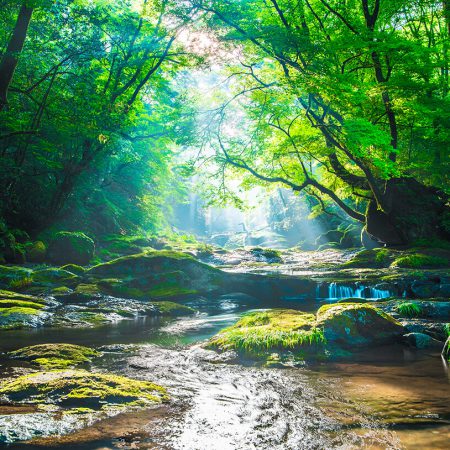
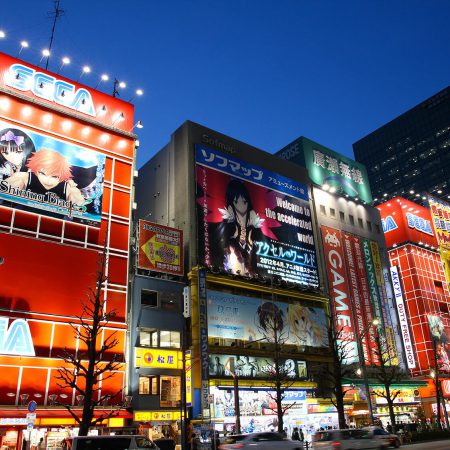
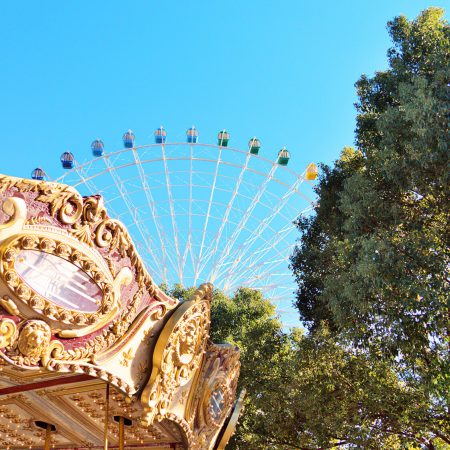

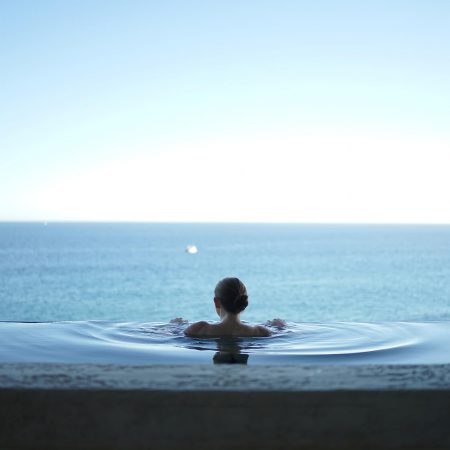
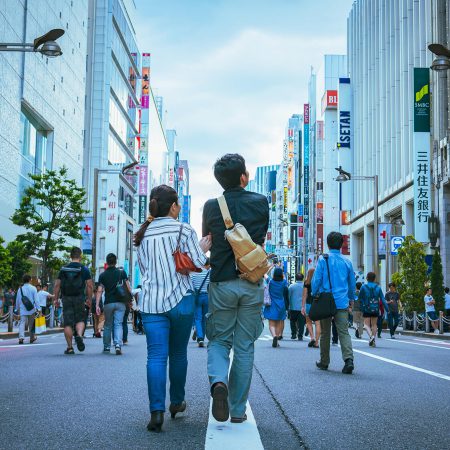
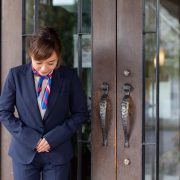

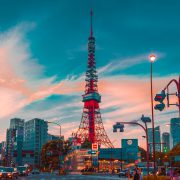


Leave a Reply